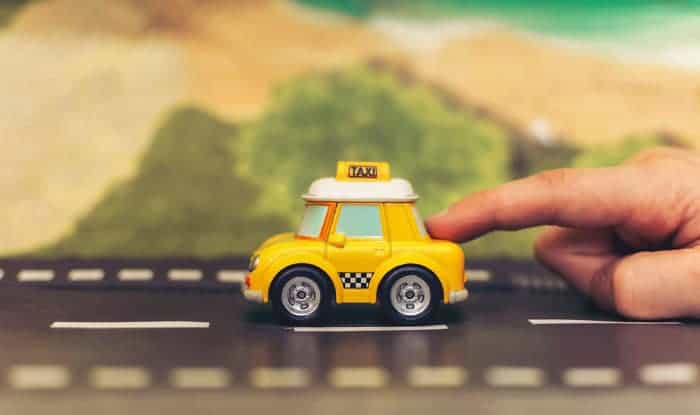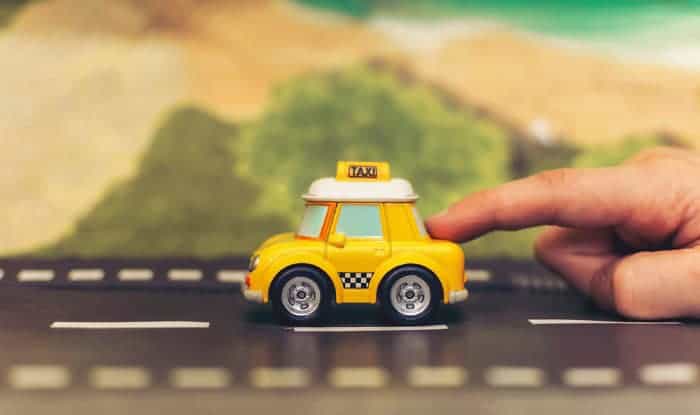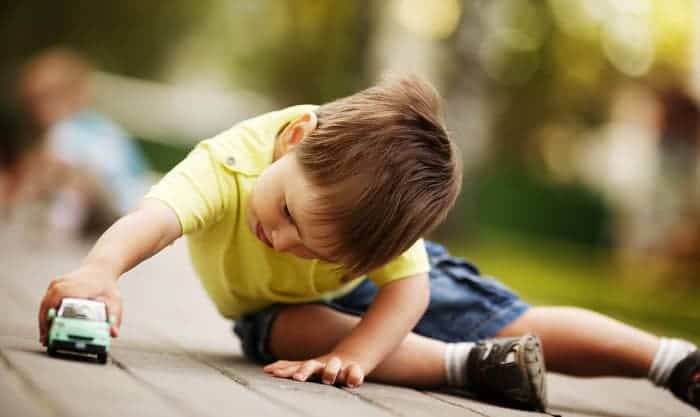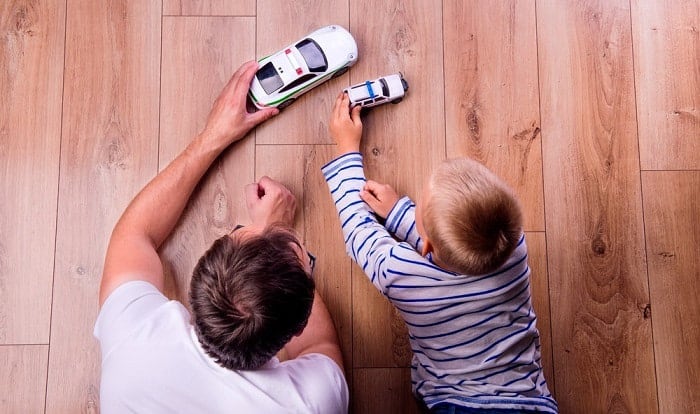Children are adorable yet naughty in their own ways. We would never understand what is happening inside their minds, which are full of curiosity and questions about life or science, even when they are playing with their toy cars.
Have you ever been asked by your 6th-grade son about how does friction affect the speed of a toy car and do not know how to answer it properly?
In this article, we will explain how friction affects a car and suggest a friction experiment for kids that you can attempt to get a better grasp of the notion. This information may help you to answer that physics question accurately. It will also provide you useful knowledge to deal with your vehicle in real life. So, continue reading!
Table of Contents
Friction Experiments for Kids
First, we need to understand what friction is and how it is presented on a daily basis. It will be much easier to teach our kids about friction with self-made experiments based on casual activities.
1. The Creation of Friction
Have you ever wondered why you are able to skid on a wooden floor or a frozen lake surface in the winter? Well, the answer is, thanks to friction, it is much simpler to slide on a smooth plane, such as wood.
Friction is formed when objects are dragged past one other. The harsher the surface, the greater friction is made. Have you ever injured your knee while skidding on a carpet? This is due to the friction that your skin creates as it contacts the carpet.
2. DIY Friction Experiment for Kids
It is definitely more interesting to explain this knowledge by doing friction experiments with kids. Not only is it easier for children to understand the theory but it also stimulates their creativity.
For this, you should make good use of your child’s toy cars and other basic stationery. A very simple DIY Friction Ramp made from each sheet of carpet, plywood, and gaffer tape is a wonderful method to show how certain surfaces create more friction than others.
Then, all you need to do is let the toy car go down the ramp without exerting any force. You should measure and record how far the car can go as well as how long it takes for the car to complete the ramp. After a few attempts, remember to collect the data in a table.
3. Experiment Results
When we use a carpeted surface instead of a smooth surface, our toy vehicle travels a shorter distance. This is due to the fact that the car and carpet have greater friction than the vehicle and a smooth surface.
Frictional forces occur in the opposing direction of movements, making it more difficult to move. As a result, the toy car moves slowly down the ramp and picks up less speed, covering less distance.
How Does Friction Affect the Speed of a Toy Car
It is obvious that friction affects the motion of a car in many cases, and most of them depend on the surface that the cars are moving on.
The general idea is that rough surfaces create more friction with the car’s wheels, while there is little friction between a car and a smooth surface, causing the car to travel faster and make it harder to stop immediately.
Although friction may lessen the car’s speed as it travels down the road, the force also allows the car to keep moving forward. As a result, the friction causes a car to accelerate ahead as well as lose speed. When a car makes a turn, friction is also extremely significant.
A physics theory behind this force bases on the fact that friction is proportional to the velocity of the moving car. When friction is increased, the vehicle requires more energy to maintain its motion, causing it to slow down.
Friction’s Effects on Cars
In real life, friction affects a car in almost every momentum, and some of the effects are performed in particular situations that we can easily notice while commuting on our automobiles.
Vehicles are prevented from sliding by the friction created between the tires and the road. However, when the road surface is ice, there is less friction, making it more likely for cars to slide.
Friction between brakes and wheels supports the slowing down of bicycles and automobiles. Meanwhile, in circumstances like icy or slippery roads, the lack of friction will increase the car’s stopping distance, even when you have slowed down your speed.
In icy conditions, it is much more difficult to accelerate. Therefore, when you commute over a slippery road, you have to drive your car carefully with a minimum speed, especially while going around a curve. This way, your car will not skid out.
Conclusion
Friction plays an important part in your vehicle’s function and motion. Without friction, it will be very dangerous to commute on the road although it still causes some certain difficulties for us while driving.
Nevertheless, friction is essential in the motion of the cars in particular and other momentums in general. It supports breaks and wheels during an emergency stop and may help you to avoid a tragic accident.
Besides, friction is responsible for many physics phenomenons that happen on a daily basis such as heat, ice skating, etc. It is important for people to acknowledge the relationship between friction and motion.
Thus, understanding the concept of friction affecting toy cars can help you to apply this knowledge and handle real situations. Now that you know the effects of friction on toy cars, teaching your children about it may be much easier, especially if you make use of toy cars like Friction Motor Car.
Do you enjoy the article on how does friction affect the speed of a toy car? Do you want to add anything else? Please let me know and leave a comment below.




